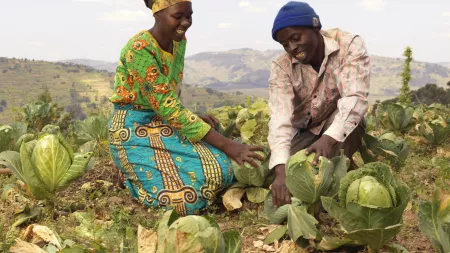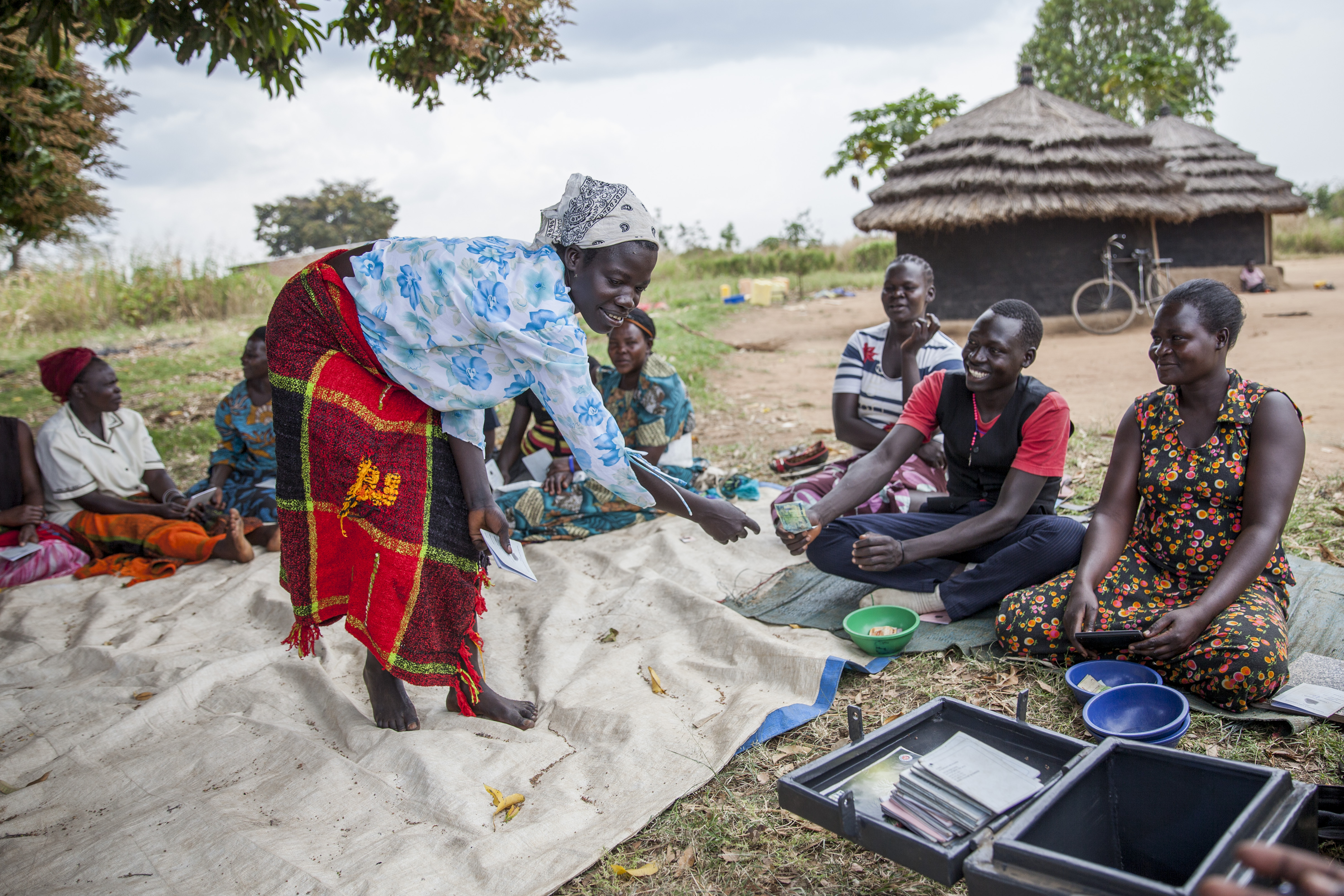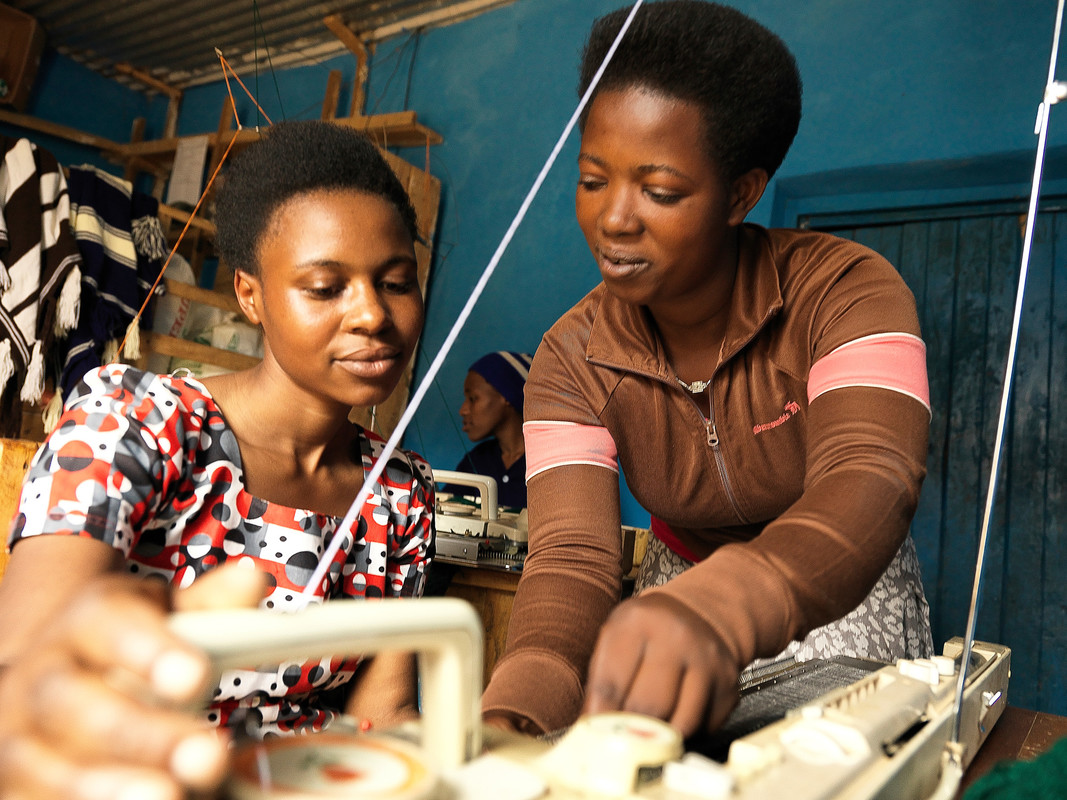RWANDA CARE Responding to the Influx of Burundi Refugees into Rwanda
CARE in Rwanda have mobilized to meet the humanitarian needs of thousands of refugees fleeing tensions related to presidential elections in Burundi.

 Africa - East and Central
Africa - East and Central
Rwanda ranks 160 out of 189 on the Human Development Index (HDI). CARE International’s development program in Rwanda focuses on women’s economic empowerment, gender-based violence protection, and sexual and reproductive health.
From 1984-1994, CARE Rwanda implemented a range of development projects, including maternal healthcare, forestry, and water and sanitation activities.
As a result of the Genocide against the Tutsi, CARE International closed its Kigali office and conducted cross-border relief from Uganda, Burundi, and Zaire. At the height of the emergency efforts in 1994, CARE Rwanda assisted an estimated 1.5 million internally displaced people, refugee returnees, and impoverished residents.
CARE Rwanda’s emergency operations included distributing shelter, food, basic domestic survival items, water, seeds, and tools.
After the Genocide against the Tutsi, Rwanda had one of the highest percentages of orphans. Through CARE Rwanda’s Nkundabana approach, we worked with adult volunteers from the community to provide care for children living without household adult support.
CARE International has built a significant rehabilitation and development program in Rwanda that focuses on women’s economic empowerment, gender-based violence prevention, and adolescent sexual and reproductive health.
Current projects include AIDS prevention, water-system rehabilitation and community management of water systems, health education, agroforestry and sustainable land use management, community-assisted shelter projects, and promotion of women's agricultural production.
CARE in Rwanda have mobilized to meet the humanitarian needs of thousands of refugees fleeing tensions related to presidential elections in Burundi.
Emergency teams from CARE International in Rwanda have mobilized to meet the humanitarian needs of thousands of refugees fleeing the conflict in the Democratic Republic of the Congo (DRC) to seek safety in neighbouring Rwanda.

The Government of Rwanda has prioritized household sanitation and set ambitious targets to reach 100% coverage of basic sanitation by 2024, and 100% coverage of safely managed sanitation by 2030.

Our Village Savings and Loan Associations (VSLAs) are a proven way of supporting women to develop financial stability, increase resilience to shocks, and invest in income-generating activities. But at CARE, savings groups are about more than just money.

In Rwanda, CFIGR (Closing the Financial Gap in Rwanda) supported 62% of all Rwandans who were financially excluded to have access to financial services through Village Savings and Loans Associations.
In FY2023, CARE worked around the world, contributing to saving lives, fighting poverty, and increasing social justice.